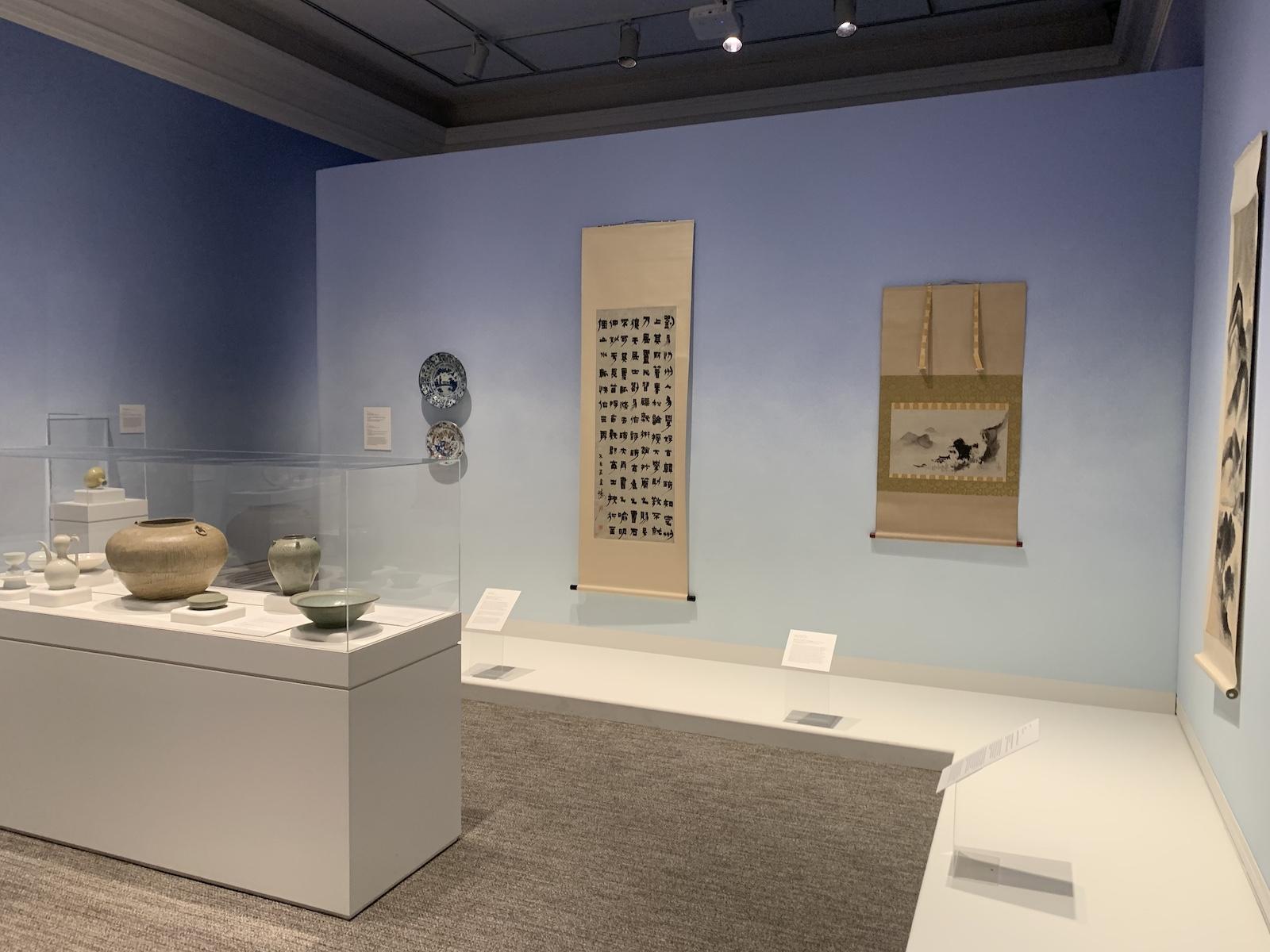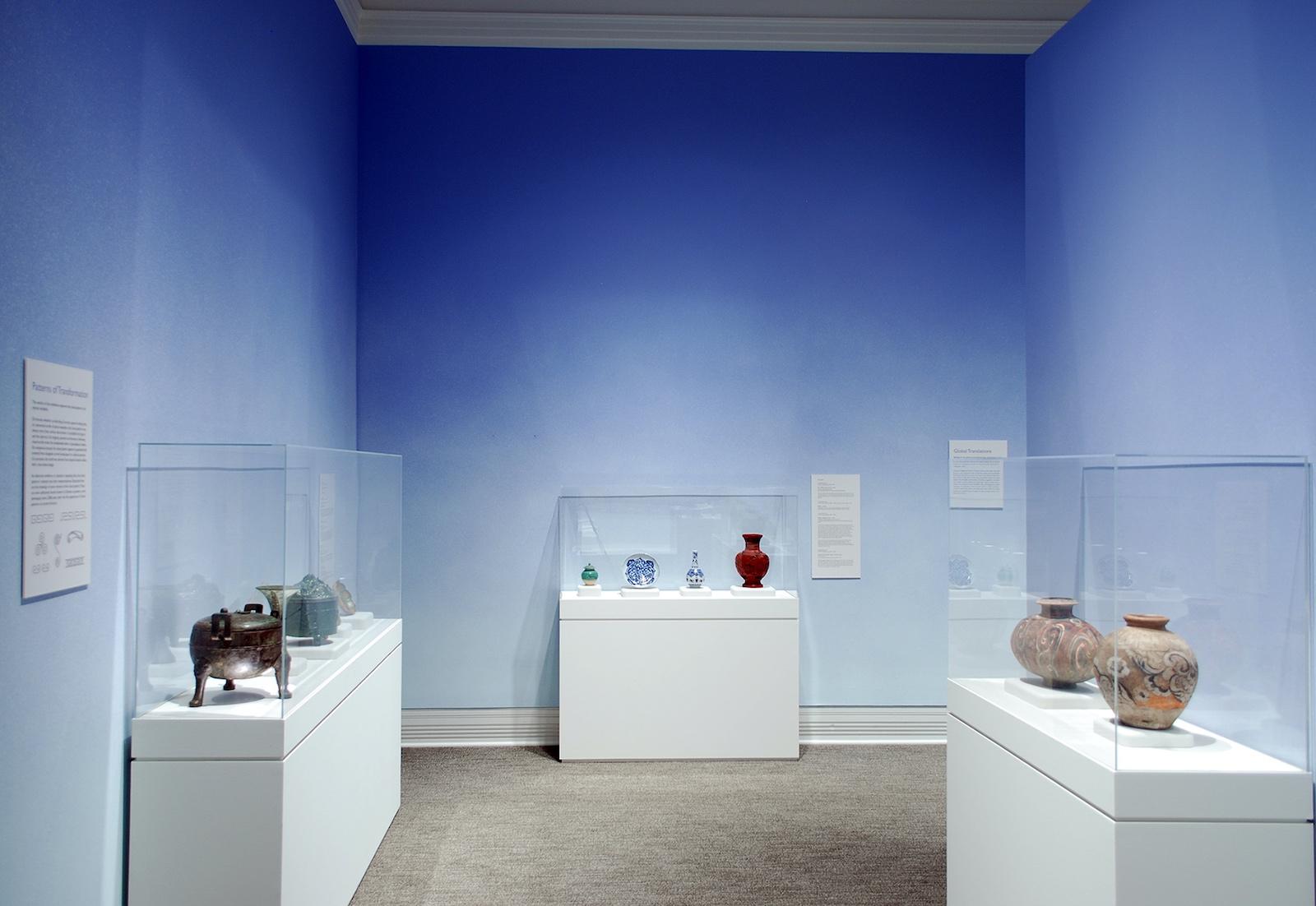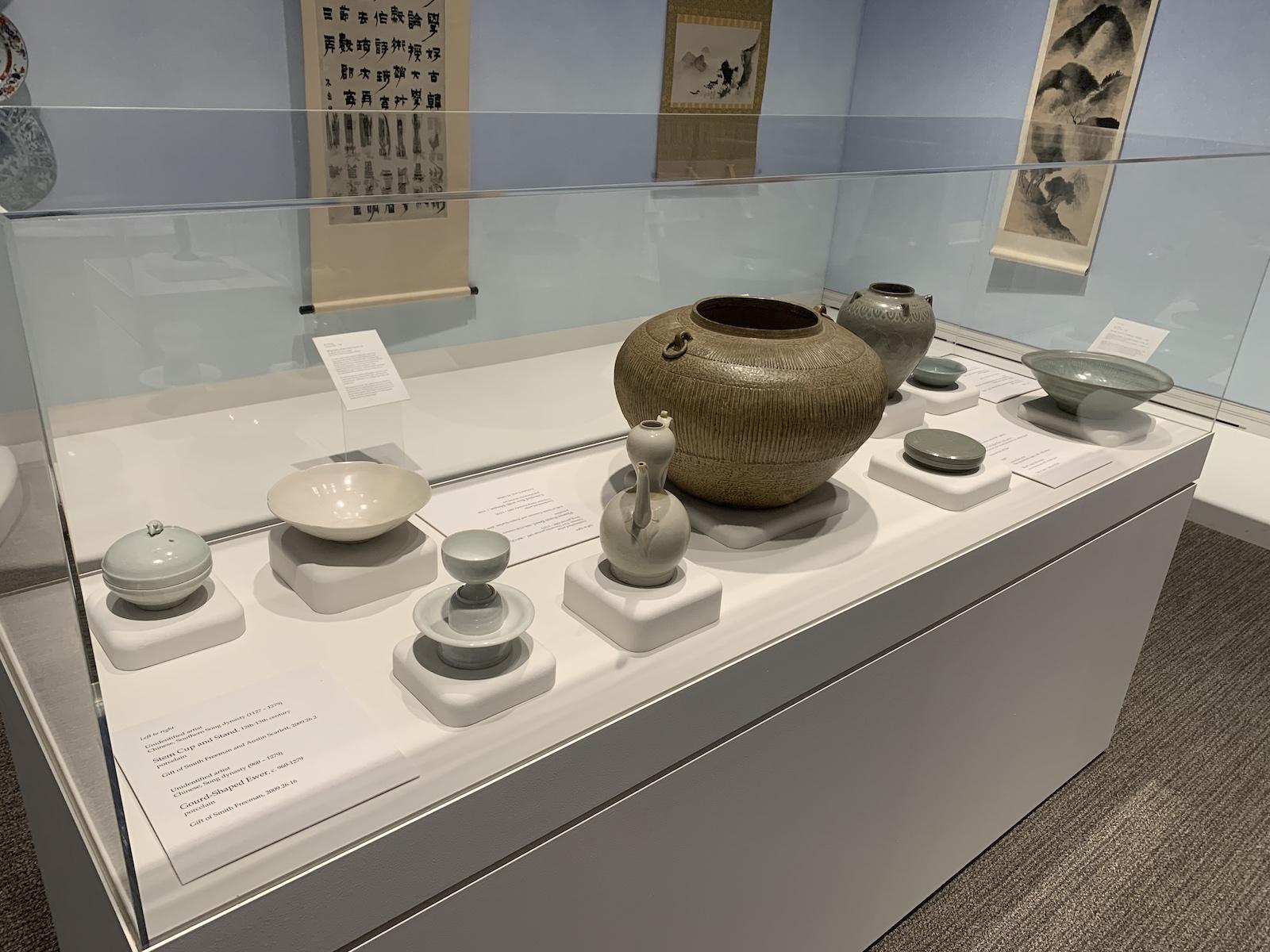The public health events of the past two years have brought into sharp relief the nuanced dynamics between individual and social existences, with remote collaboration and physical distance becoming everyday practice. As a technology, cloud refers to the immediacy of the infinite, connecting individuals across vast spans of time and space to create new forms of togetherness. Traversing boundaries and scalar proportions, the cloud, in today’s digital landscape, both reorients and disorients.
Much like the rhythm of the last year, disruption aptly describes the cloud. Having the potential to loosen entrenched perspectives, clouds are thus both natural phenomena as well as generative entities whose propensity gestures towards realms of the liminal, the great clouds of unknowing.
Whereas the cloud most often invokes contemporary digital worlds, the cloud’s chimeric quality is even more salient in Chinese material and visual arts. It has made a palpable mark on theories of painting and the visual arts of China, and by extension the visual culture of East Asia. Clouding: Shape and Sign in Asian Arts, an exhibit on view at UNC Chapel Hill's Ackland Art Museum until February 2022, explores these themes.
In the early eighteenth century, a woodblock-printed manual about painting techniques—the Manual of the Mustard Seed Garden (Jieziyuan Huapu)—posited that the power of clouds to generate visual experience lies in their invisibility, “for in [the clouds’] emptiness, one catches many glimpses of mountains and watercourses hidden there. That is why one speaks of mountains of cloud, seas of cloud.” The Mustard Seed manual thematizes clouds as the metaphorical condition of mountains and waters, the two basic pictorial elements of monumental landscape paintings.
































